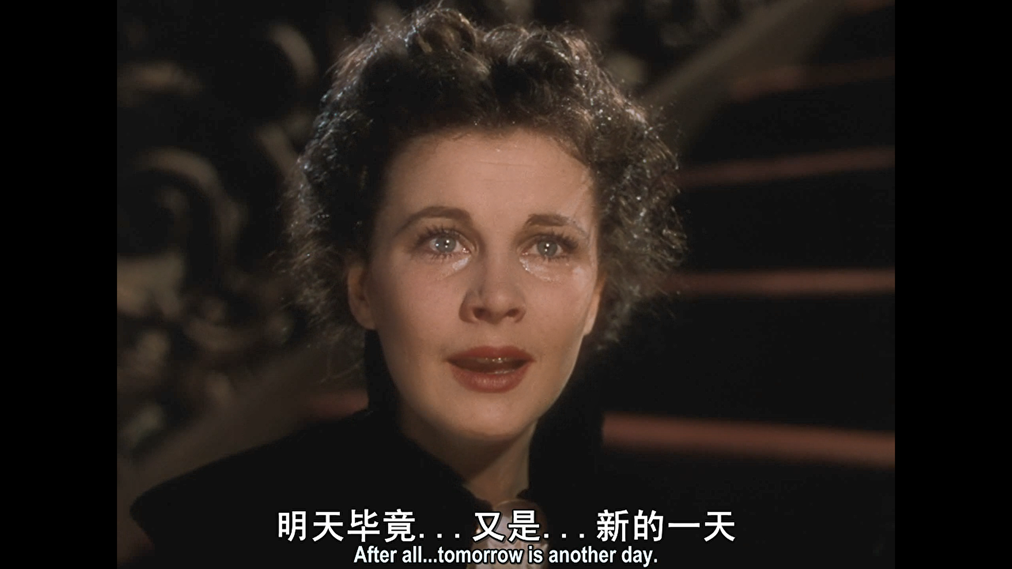MY 100-Day English -102

Summary. At the top of the ladder, the stakes (赌注;风险) are high and the demands intense. Too many CEOs falter (衰弱;衰退) in the job; about a quarter of the Fortune 500 chiefs who leave their firms each year are forced out. Clearly, boards do not always get their hires right.In conducting an analysis of in-depth assessments of 17,000 executives, the authors uncovered a large disconnect between what directors think makes for an ideal CEO and what actually leads to high performance. The findings of their 10-year research project challenge many widely held assumptions. Charisma, confidence, and pedigree all have little bearing on CEO success, it turns out. Instead, top performers demonstrate four specific business behaviors: (1) They’re decisive (果断的,坚定的), realizing they can’t wait for perfect information and that a wrong decision is often better than no decision. (2) They engage for impact, working to understand the priorities of stakeholders and then aligning them around a goal of value creation. (3) They adapt proactively (前摄地;主动地), keeping an eye on the long term and treating mistakes as learning opportunities. (4) They deliver results in a reliable fashion, steadily following through on commitments (他们以可靠的方式交付结果, 稳步履行承诺).
The chief executive role is a tough one to fill (很难胜任). From 2000 to 2013, about a quarter of the CEO departures (背离) in the Fortune 500 were involuntary (非自愿的), according to the Conference Board. The fallout ((不良)后果,副作用) from these dismissals (解雇;免职) can be staggering (惊人的,令人震惊的): Forced turnover at the top (公司高层被迫离职) costs shareholders an estimated $112 billion in lost market value annually, a 2014 PwC study of the world’s 2,500 largest companies showed. Those figures are discouraging for directors who have the hard task of anointing CEOs—and daunting (使人畏缩的;使人气馁的) to any leader aspiring to the C-suite (最高管理层,C位). Clearly, many otherwise (原本,本来;否则,另外) capable leaders and boards are getting something wrong. The question is, what?
In the more than two decades we’ve spent advising boards, investors, and chief executives themselves on CEO transitions, we have seen a fundamental disconnect between what boards think makes for an ideal CEO and what actually leads to high performance. That disconnect starts with an unrealistic yet (但) pervasive (普遍的) stereotype (刻板印象), which is shaped in large part by the official bios of Fortune 500 leaders. It holds that a successful CEO is a charismatic (超凡魅力的) six-foot-tall white man with a degree from a top university, who is a strategic visionary (战略有远见) with a seemingly direct-to-the-top career path and the ability to make perfect decisions under pressure.
Yet we’ve been struck by how few of the successful leaders we’ve encountered (遇到) fit this profile (侧面;轮廓). That realization led us to embark on a 10-year study, the CEO Genome Project. Its goal is to identify the specific attributes that differentiate high-performing CEOs (whom we define as executives meeting or exceeding expectations in the role, according to interviews with board members and majority investors deeply familiar with the CEOs’ performance). Partnering with economists at the University of Chicago and Copenhagen Business School and with analysts at SAS Inc., we tapped into a database created by our leadership advisory firm, ghSmart, containing more than 17,000 assessments of C-suite executives, including 2,000 CEOs. The database has in-depth information on each leader’s career history, business results, and behavioral patterns. We sifted (筛选) through that information, looking for what distinguished candidates who got hired as CEOs from those who didn’t, and those who excelled in the role from those who underperformed (表现不佳;工作不如预期).
See you tomorrow







